Evening of Classical Ballet (KATMK)
Act I
P. I. Tchaikovsky - Swan Lake, Act II
Choreography: L. Ivanov, M. Petipa
Act II
C. F. Gounod - Walpurgis Night
Choreography: Galiya Buribayeva
Act I - Swan Lake (Act II)
The brilliant Russian composer Pyotr Ilyich Tchaikovsky, born in 1840 in Votkinsk, forever transformed the world of ballet. Recognised as a reformer and a musical dramatist, he revolutionised ballet by elevating the role of music within the theatrical narrative. «Ballet is a kind of symphony», he once said.
Tchaikovsky composed three monumental ballets: Swan Lake (1876), The Sleeping Beauty (1889), and The Nutcracker (1891). In each, he masterfully used traditional ballet forms while imbuing them with rich psychological depth and symphonic complexity.
In Swan Lake, a timeless tale of love and enchantment, beautiful young women are cursed by the evil sorcerer Rothbart to live as swans. Only at night do they regain their human form. One evening, Prince Siegfried encounters Odette, the Swan Queen. Enchanted by her beauty, he vows eternal love. Only true and unwavering love can break the spell. As dawn approaches, the maidens must once again take on their swan forms. Siegfried, resolute in his devotion, is determined to free Odette. Tchaikovsky's unforgettable music, haunting and exquisite, creates a world of magic, mystery, and melancholy.
Act II - Walpurgis Night
Charles-François Gounod was born in 1818 in Paris. After graduating from the Paris Conservatoire, he was awarded the prestigious Prix de Rome. In 1851, he composed his first opera, Sapho. His operatic genius flourished during the 1850s and '60s. Among his greatest achievements is Faust (1859), an opera that gained worldwide acclaim.
Walpurgis Night is a dance suite from Faust, composed later for its production at the Grand Opera in 1869. The suite was revised significantly, helping cement the opera’s universal success.
According to medieval German folklore, on Walpurgis Night, witches gather atop the Brocken Mountain in the Harz region for a night of revelry. Gounod’s balletic vision replaces witches with graceful nymphs, dryads, and satyrs, led by Bacchus and Pan. The suite comprises seven musical pieces, showcasing Gounod’s lyrical talent. With its vivid melodies and mythic storyline, Walpurgis Night is often performed as a standalone one-act ballet, captivating audiences with its otherworldly charm.

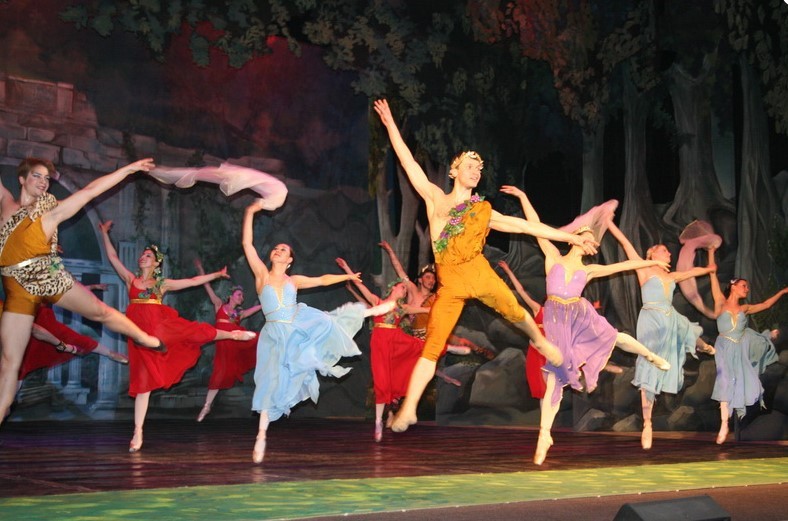
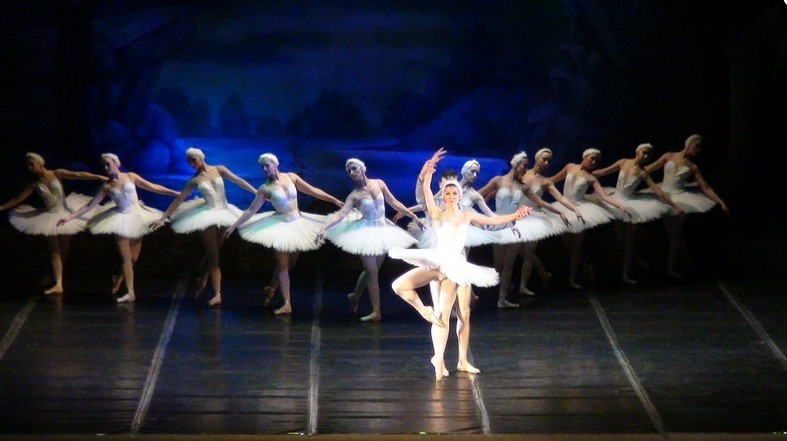
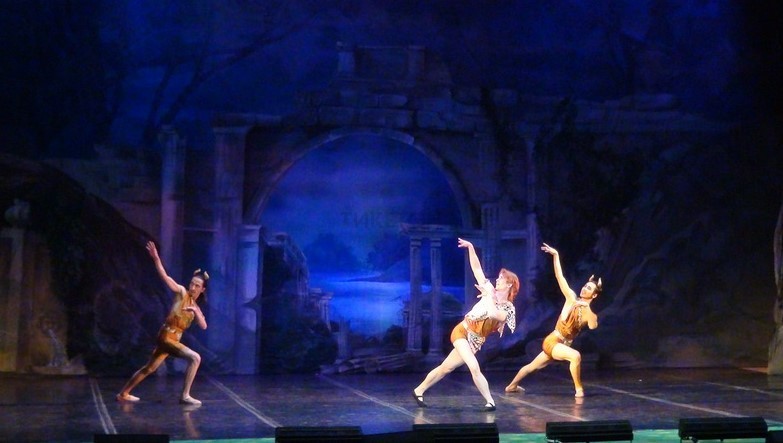
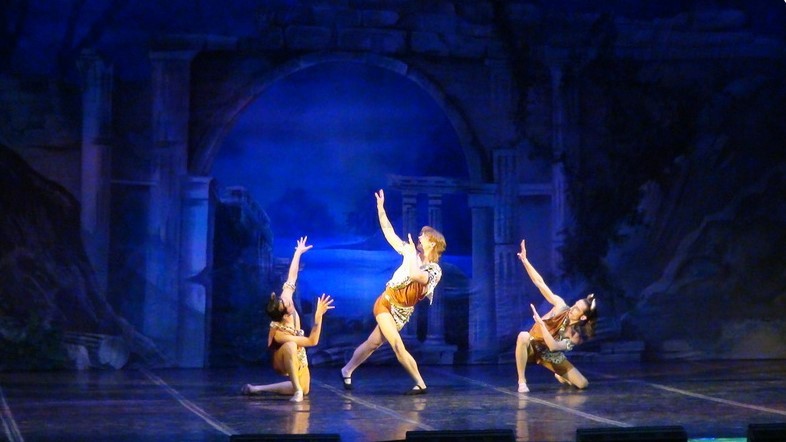
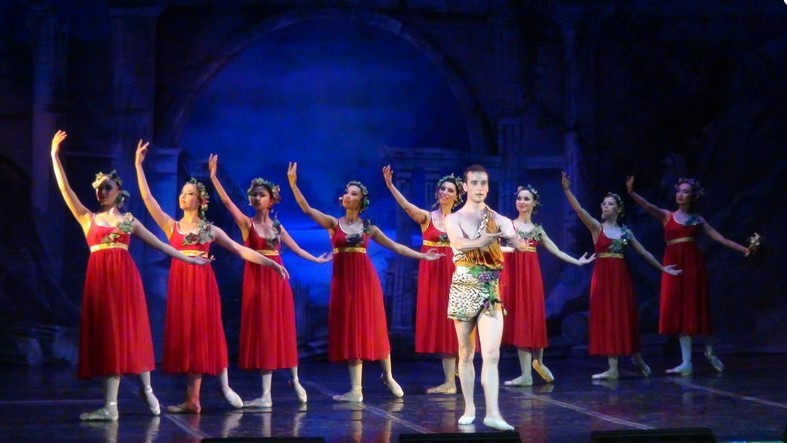
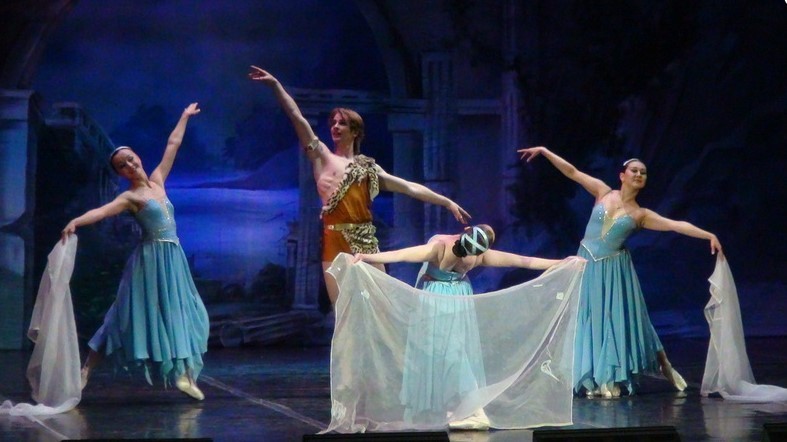
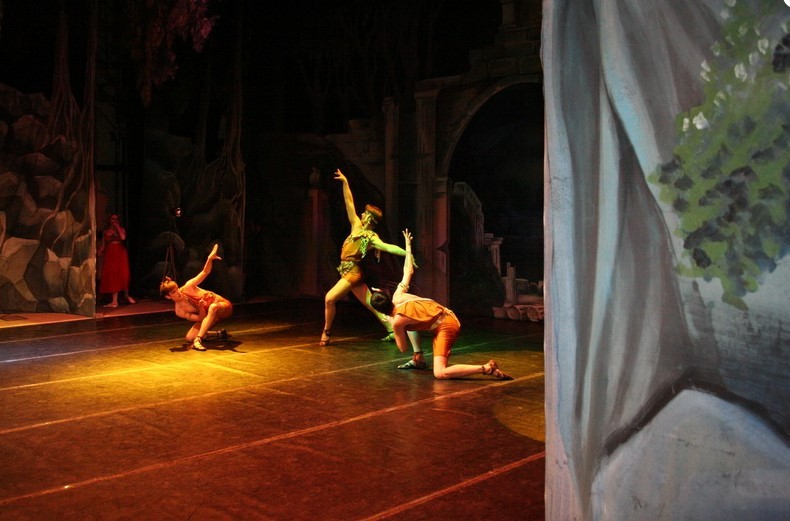
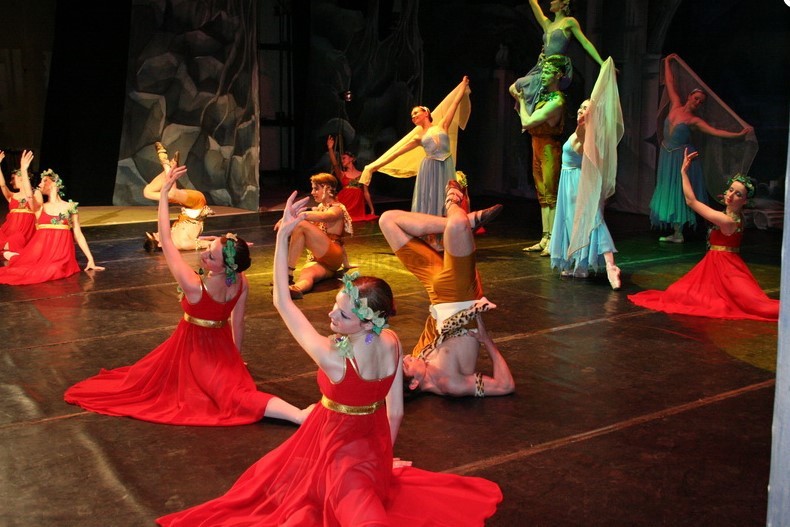


.jpg?w=220&h=300)
